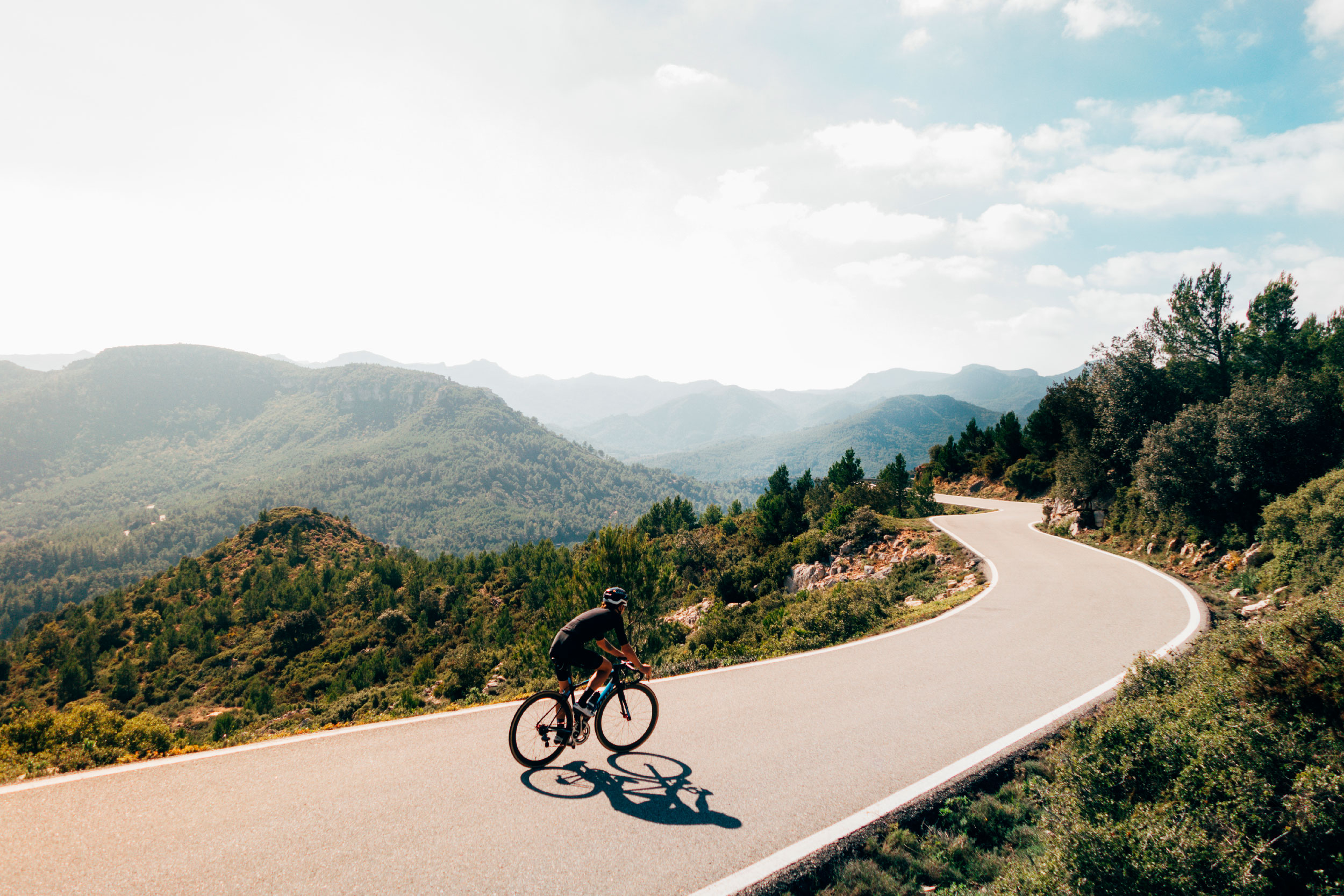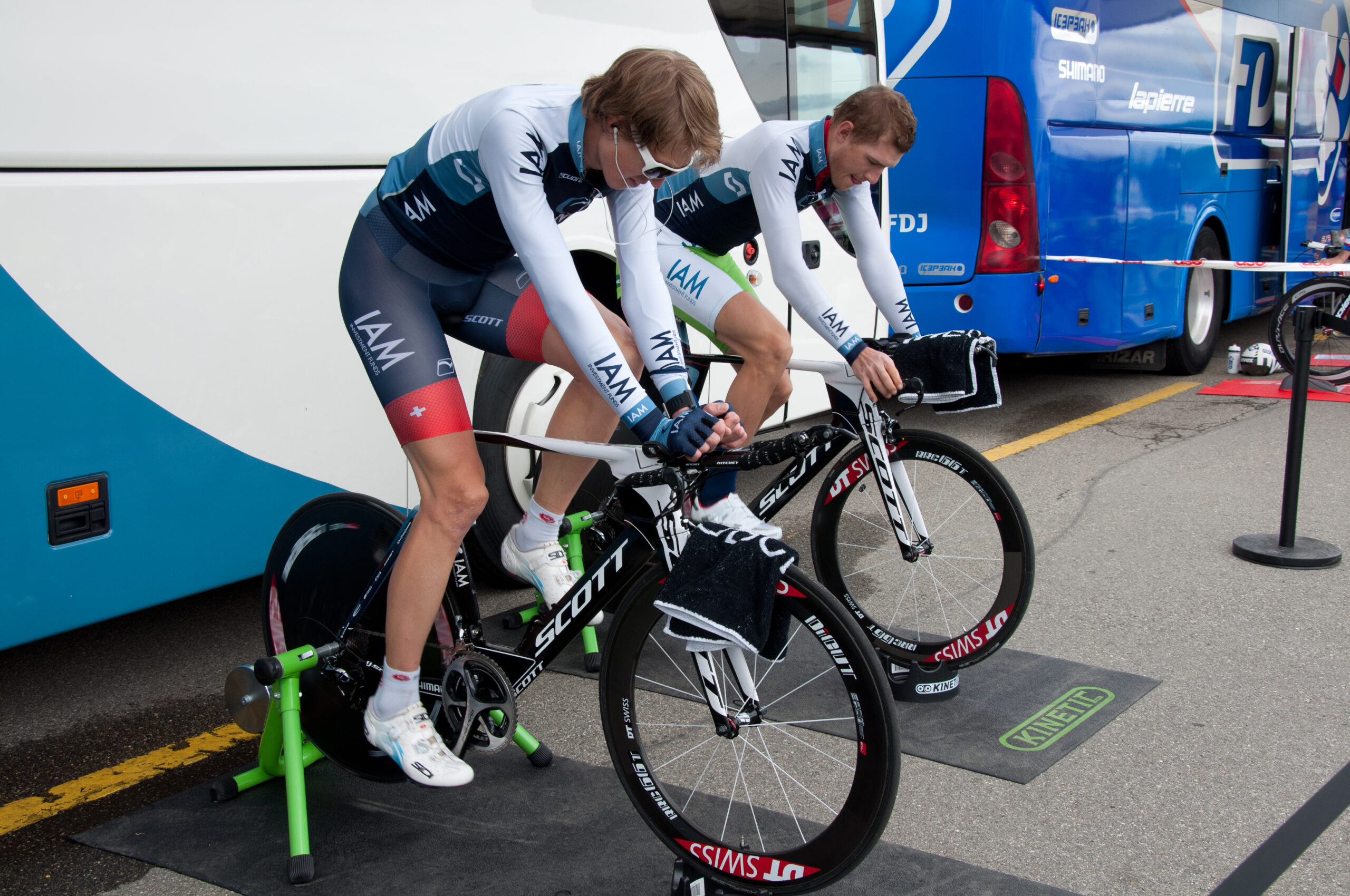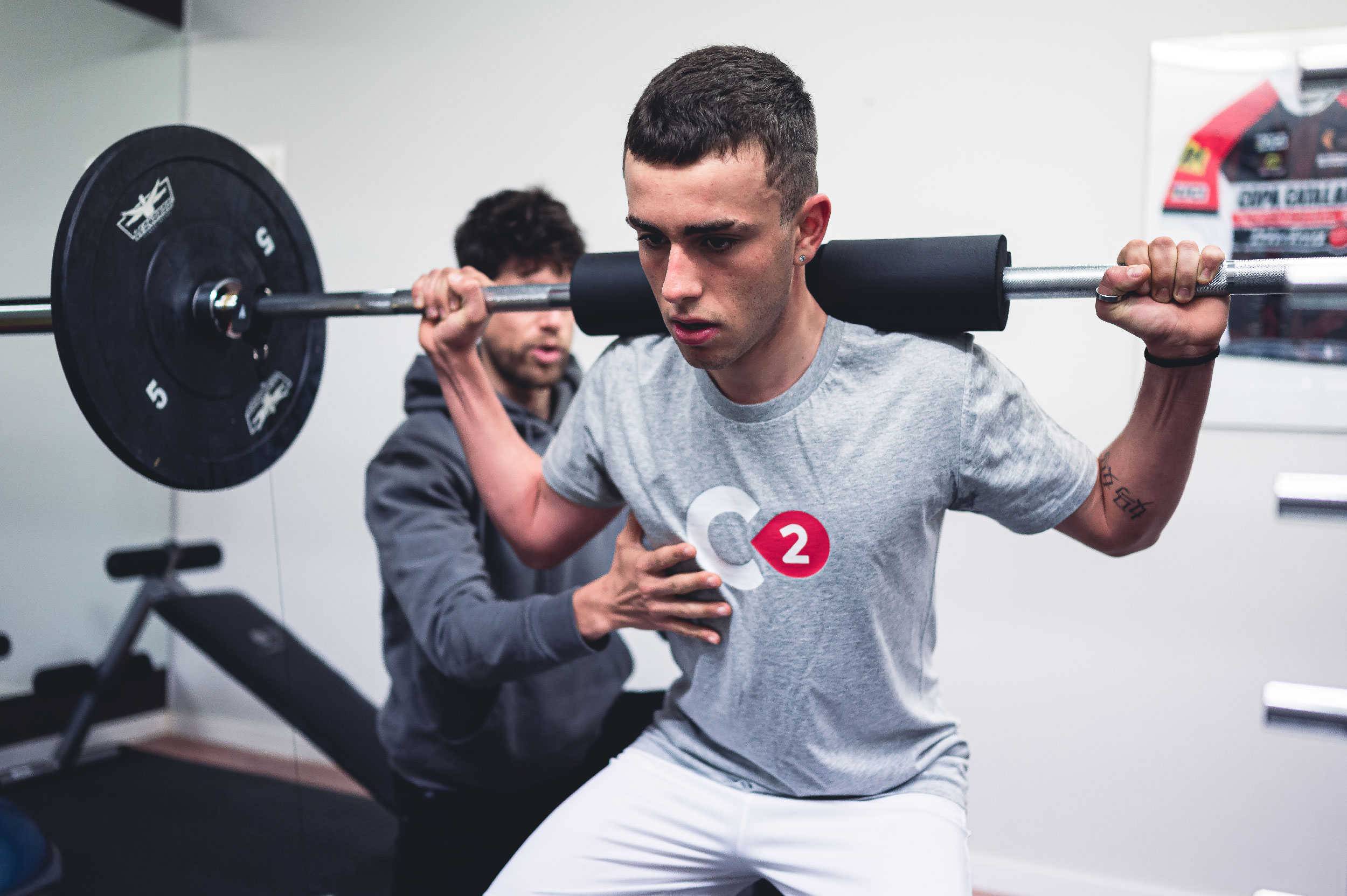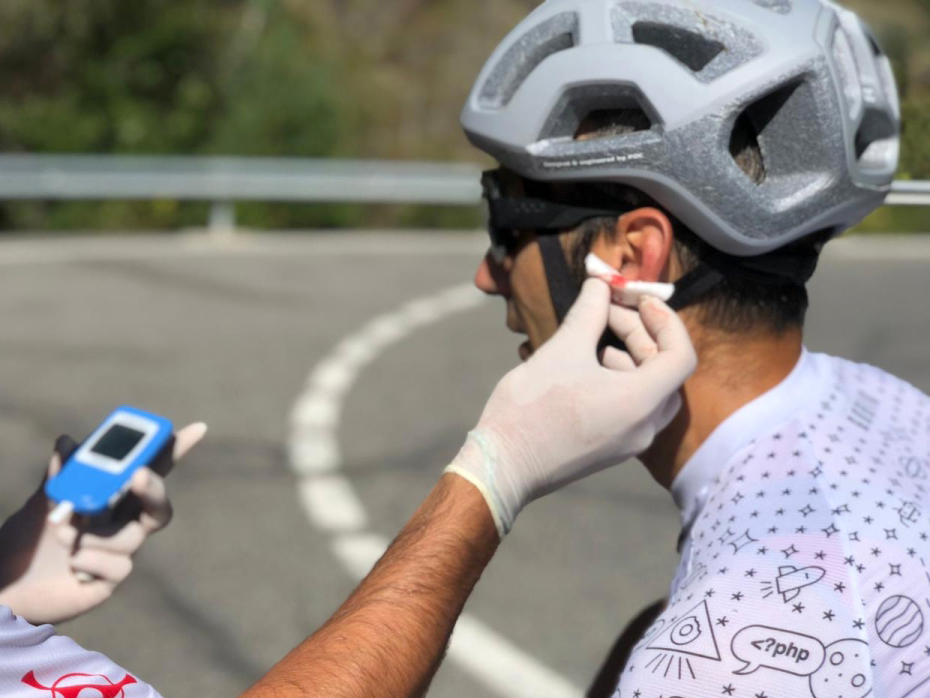
metabolic pathways
As we know, there are cyclists who do better on the flat and others who do better on the climb.. Some who are good for short increases and others long. Some who can make a very powerful sprint and others who have a hard time starting strong. What are the differences between these cyclists?
The human body has several ways that can be used to obtain the energy necessary to develop a physical activity. These ways can be divided between aerobics and anaerobic, being the key difference between the two, The use or not of oxygen, obtained through pulmonary breathing, In the biochemical process through which energy is obtained.
Within the aerobic pathways we find two different types,The lipolytic aerobic (oxidation of fats) andGlycolytic aerobic (Carbohydrate oxidation). Lipolytic aerobic is the slowest way to generate energy per unit of time, But it is also the most efficient since the same amount of fuel is the one that generates the most energy and also the fatty acid deposits of our body are practically endless, therefore, It is key in utra -site tests where we will be exercising for long periods of time. On the other hand, Through the glycolytic aerobic route, more energy can be generated per unit of time than described above, But it has an inconvenience with respect to that and is the limitation of its deposits. Since the complete emptying of these, It can occur after a maximum aerobic effort of some 90 o 120 minutes. This is the cause that many people suffer a strong downturn after the kilometer 30 of career at the foot of a marathon for example.
In relation to anaerobic pathways, two types can also be differentiated depending on the substrate used. The next in energy production per unit of time is the roadLactic anaerobic which also uses carbohydrates (glycogen) as fuel, But without oxygen and generating the already known lactate. The deposits of this route usually empty after some 60 Maximum exercise seconds. Finally, The roadAlactic Anaerobic Use phosphocreatine as fuel with a very high energy production capacity but only fuel availability for some 6-10 seconds.
These four energy sources are always combined, to a greater or lesser extent, to give the total useful energy of the body based on the duration and intensity of the effort. For example in a maximum effort of 30 seconds, The anaerobic contribution can be of a 75% while the aerobic of 25%, The lactic anérabic system being predominant. On the other hand in a maximum 10 minute effort, The aerobic system would contribute approximately one 90% of energy being predominant the glycolytic aerobic travel. There is one of the keys that there are cyclists who, As we have introduced at the beginning of the article, To tolerate some types of durations or others. There is a great genetic component in the capacity to use energy through the different pathways, For this reason, two different cyclists who train exactly the same will not have exactly the same characteristics, even so, This fact is very trained.
Mechanical efficiency
Mechanical efficiency is the relationship between useful energy and energy consumed, in other pa
Strength development (2nd phase)
If you have followed the instructions in the previous post about strength work, you probably have
Lactate and its influence on our performance
In this entry we will talk about the famous lactate and how it allows us to delimit our different





